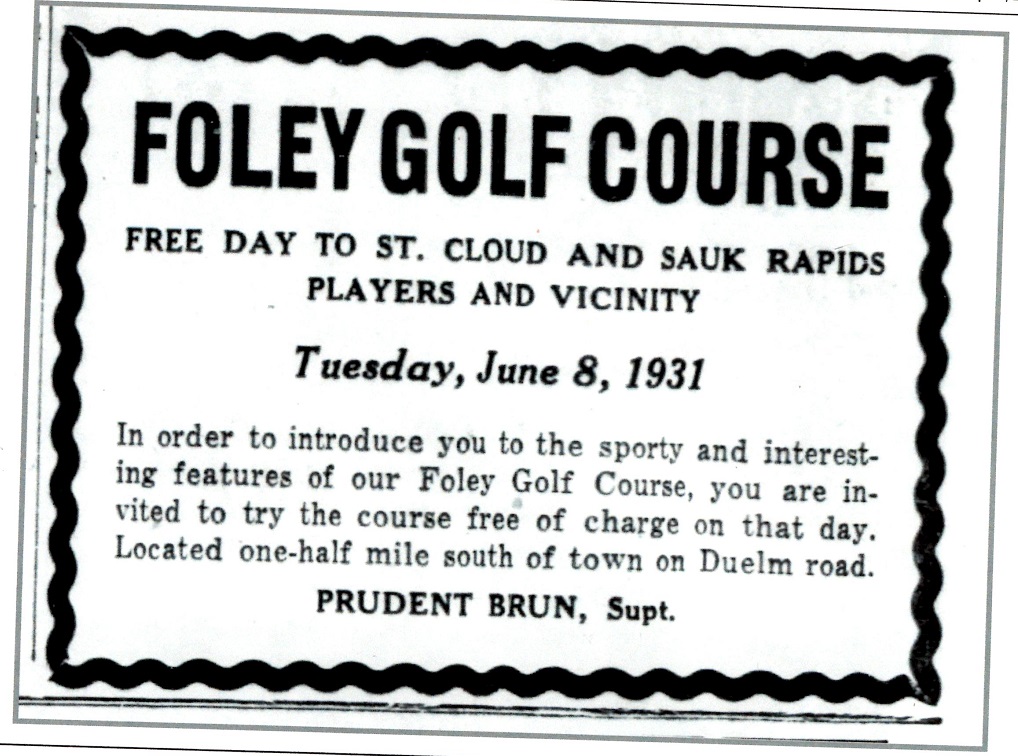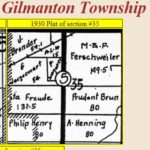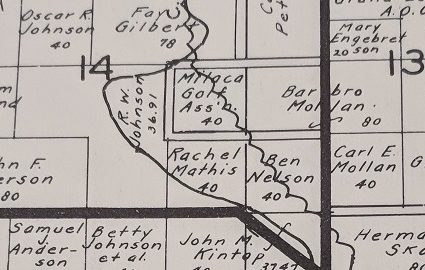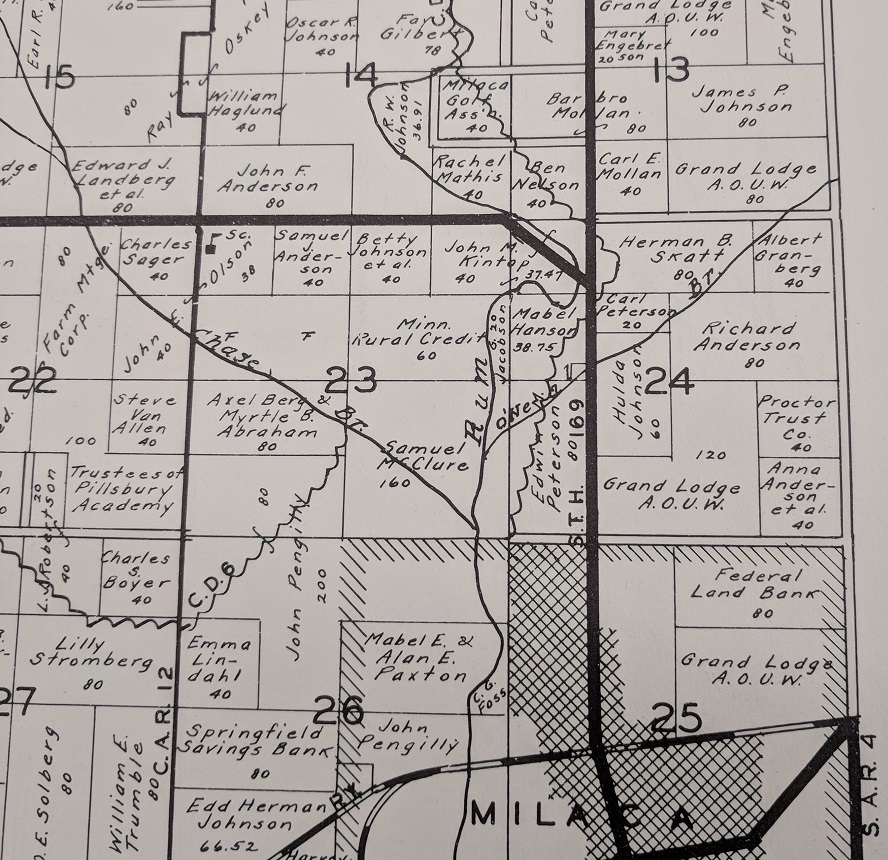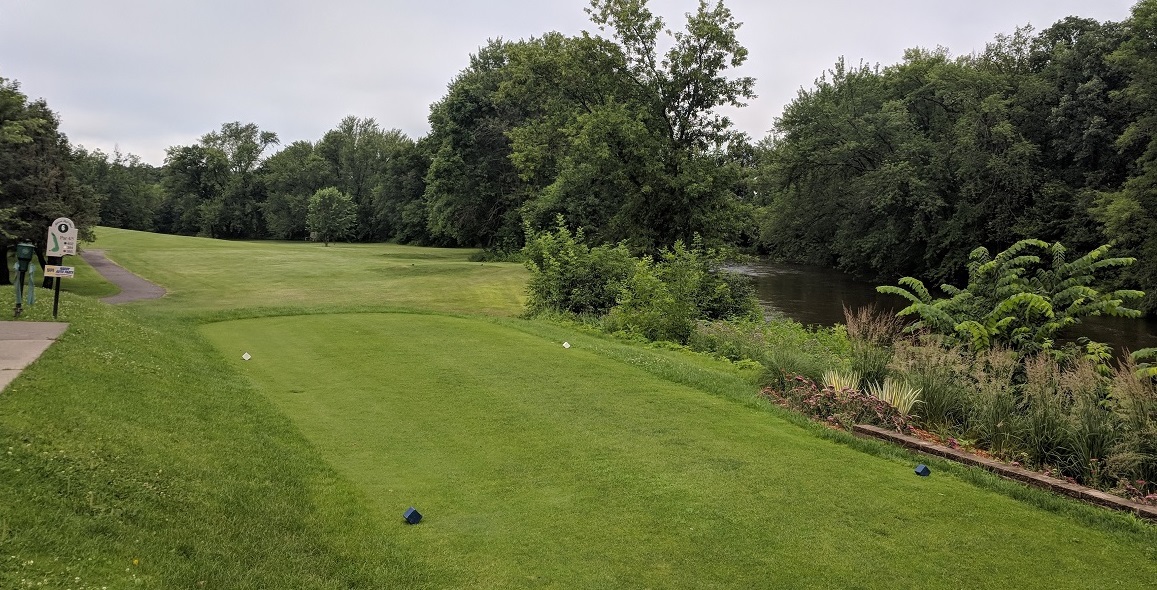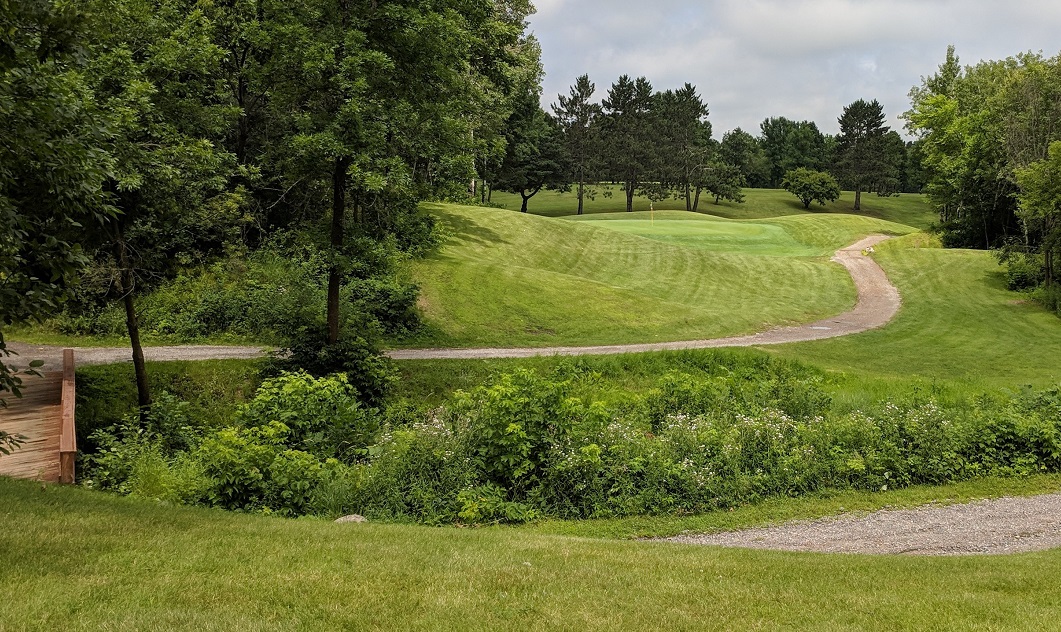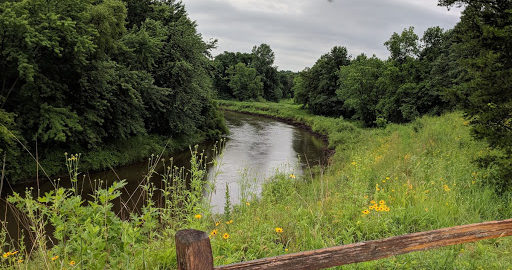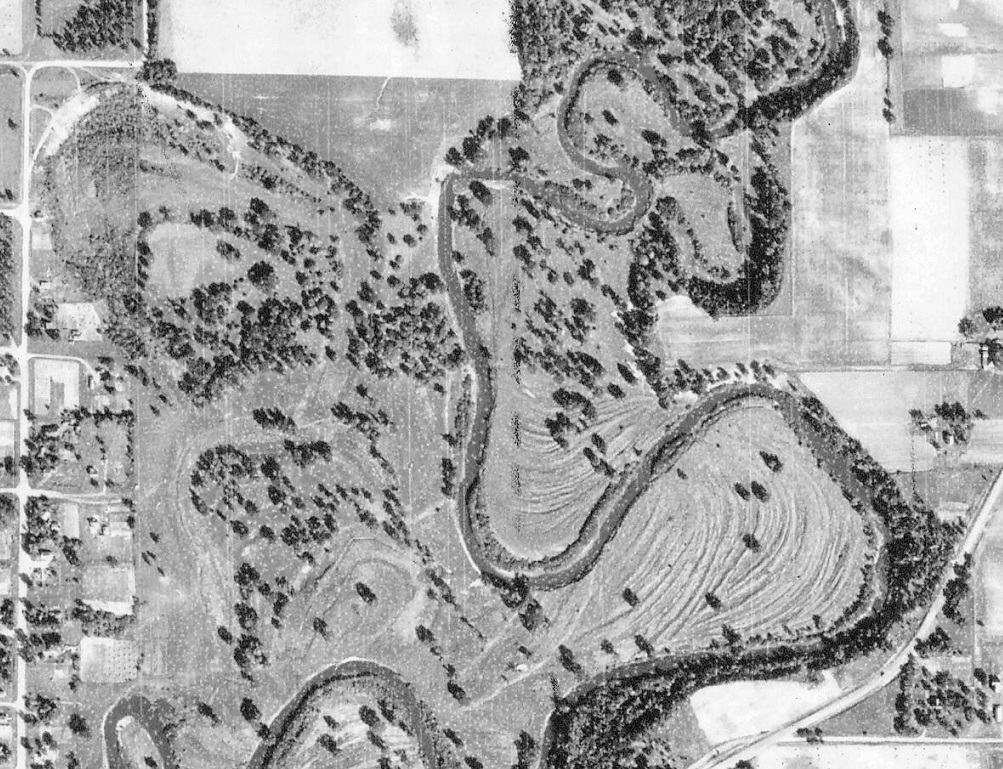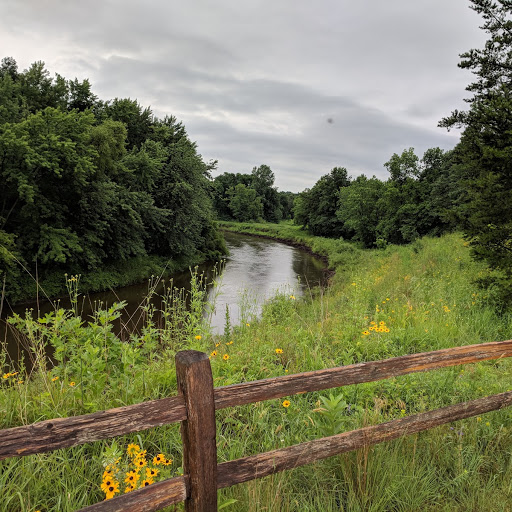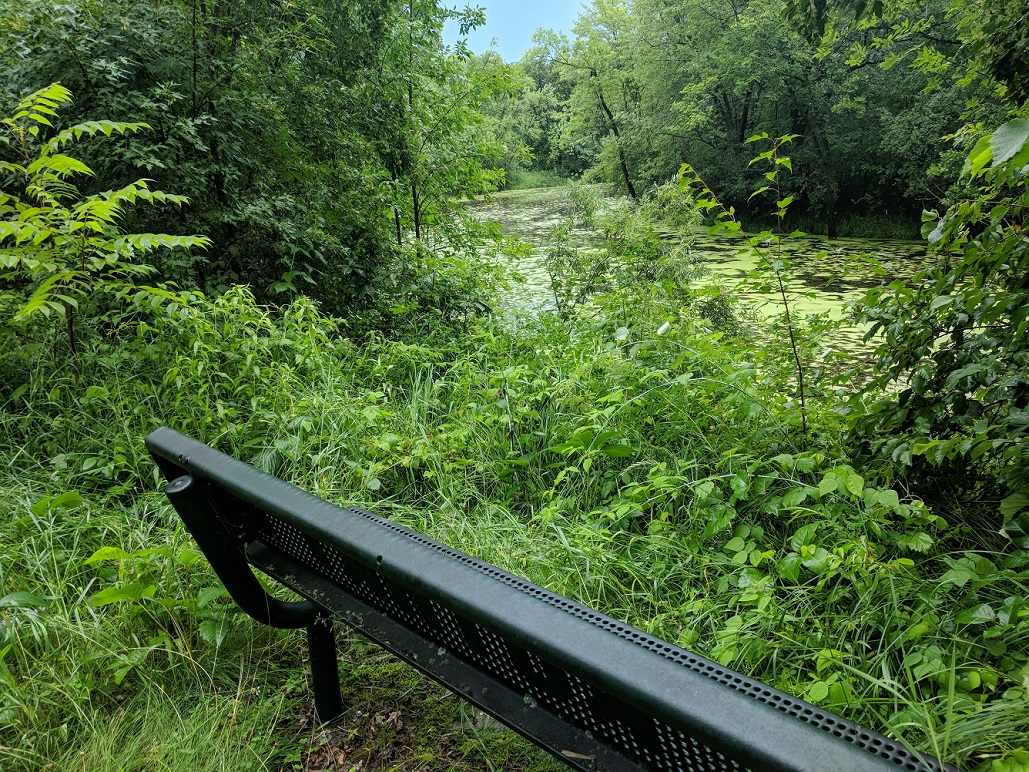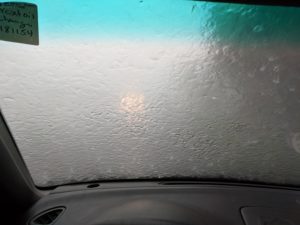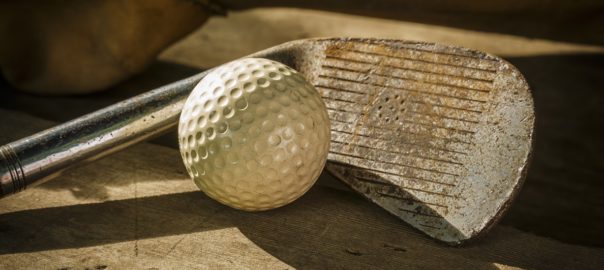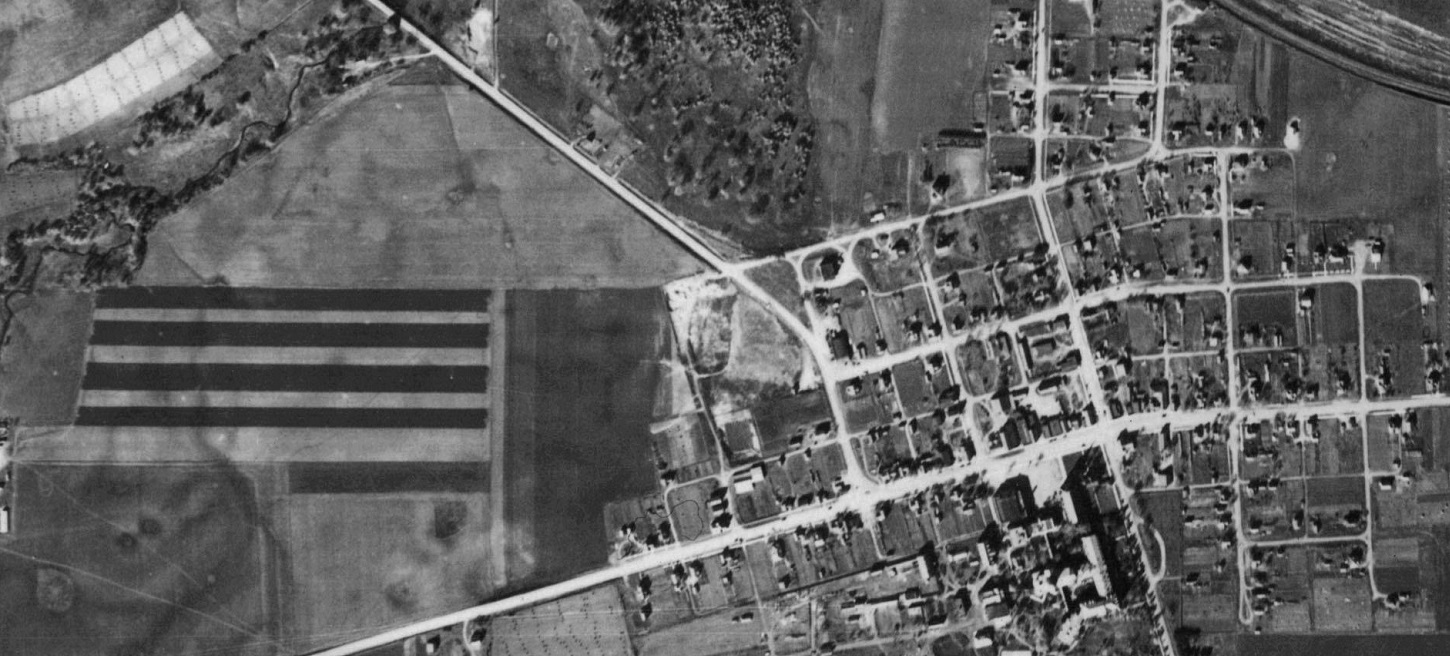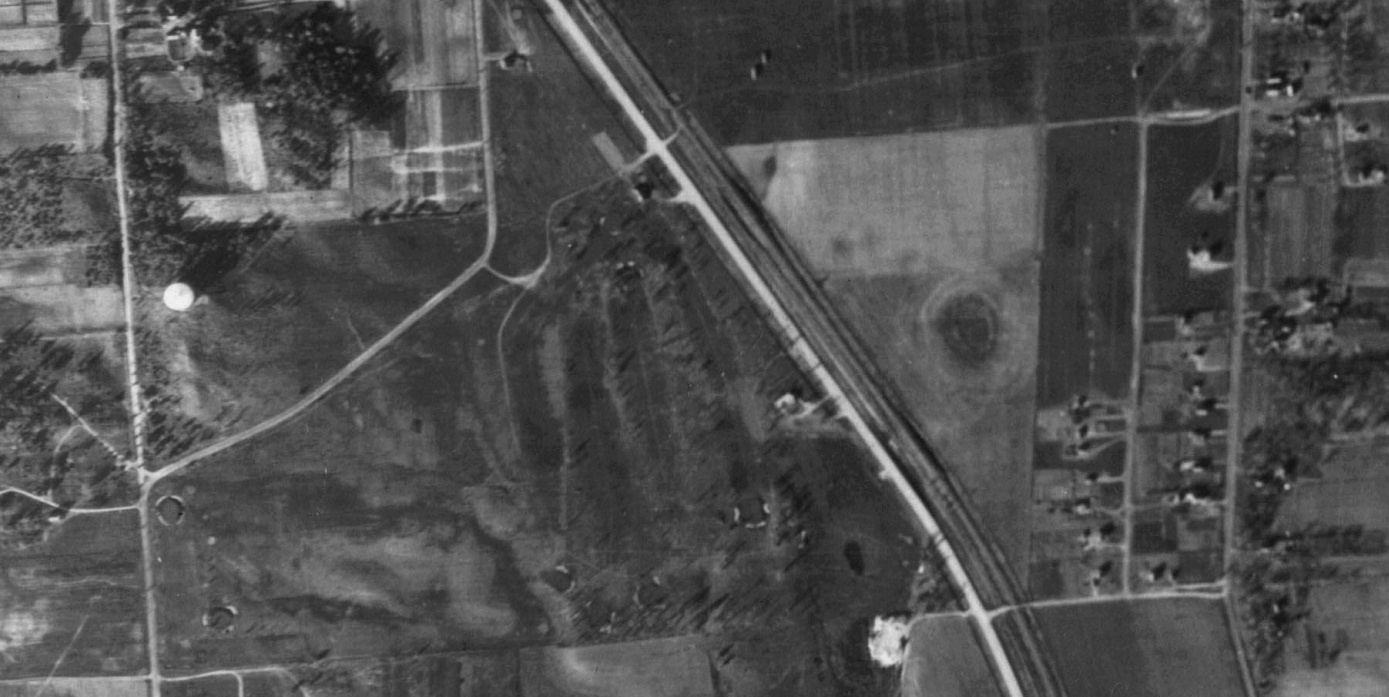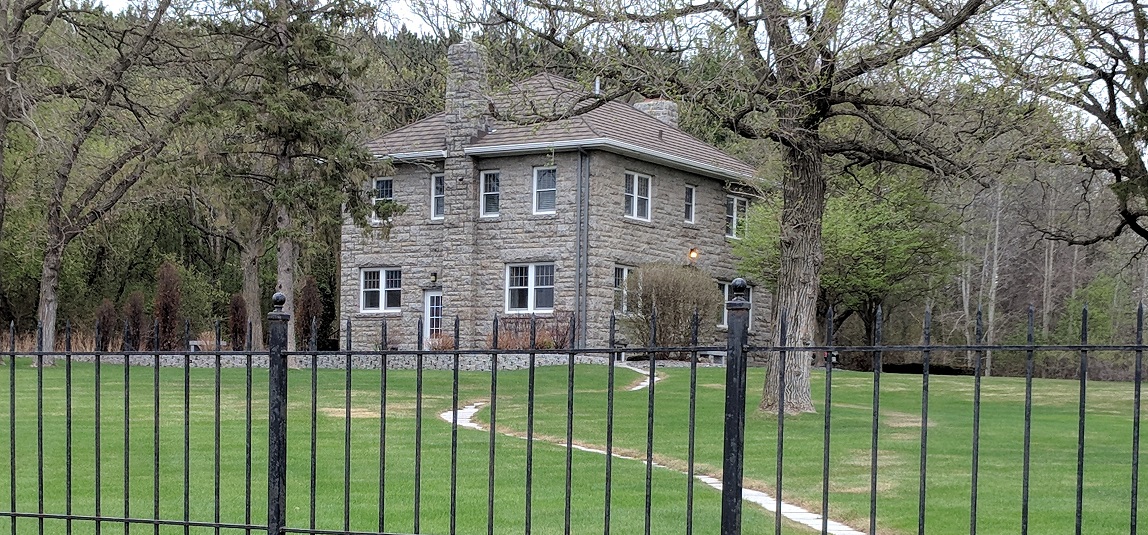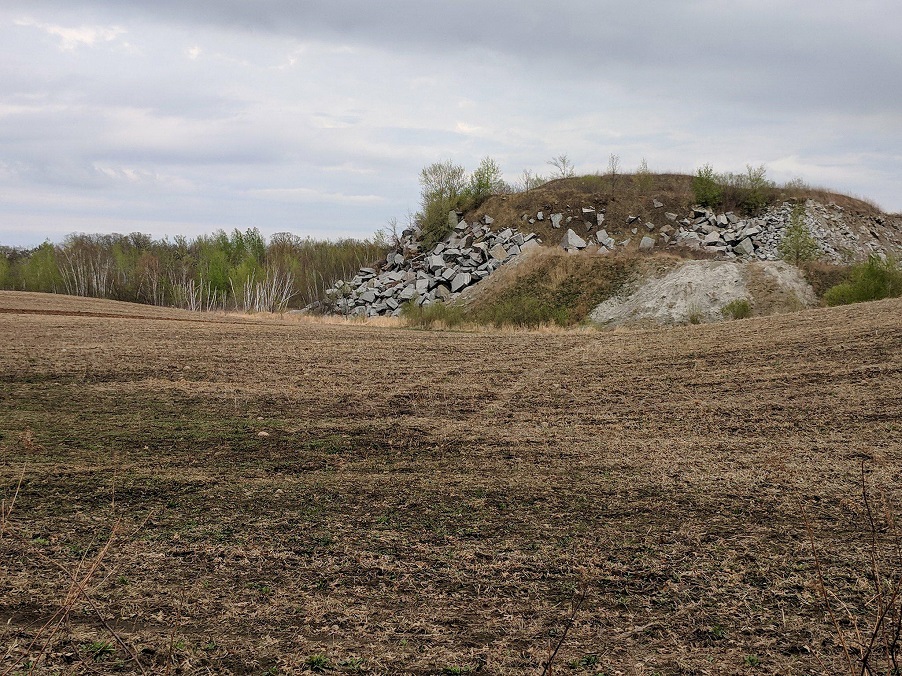He was, one would think, one of the last people in the county who would either cheat or not fess up.
So it must be presumed that Father Frank First, then of St. Lawrence Catholic Church in Duelm, Minn., should be saluted for his forthrightness on a September day in 1930 just up the road from his home parish.
Father First, playing one of the first rounds on Foley Golf Club (Minnesota lost course No. 202), might have been briefly challenged by hellish temptation to not adhere to 6-6-d of the Rules of Golf, the bible of the game as it were, as spelled out by the United States Golf Association:
“The competitor is responsible for the correctness of the score recorded for each hole on his score card. If he returns a score for any hole lower than actually taken, he is disqualified.”
Golf is a game of honor. And Father First was being painfully honorable when he turned in his scorecard that day, as reported on by the Foley Independent of Sept. 24, 1930.
Ernest Boberg had low score of the day, posting an even 100, the newspaper reported, “while Father First of Duelm developed bad eyes and had high score, it being 120.”
Myopia isn’t a great excuse, Reverend, but yes, we’ve all experienced unmitigated disaster on the front nine. And the back. (Incidentally, Father First wreaked his gruesome revenge on golf 10 years later by, the St. Cloud Times reported, bowling a perfect game of 300 at the St. Anthony lanes in St. Cloud.)
Foley Golf Club was in the first days of its inaugural season when Father First brought his 20/250 up from Duelm. Going back five months, the Independent had reported on the club’s genesis.
“Foley Golf Fans to Have Course,” read the headline in the Foley Independent of April 23, 1930.
“Work has begun on the Foley Golf Course which is to be located on the Prudent Brunn farm, half a mile south of Foley,” the story began. “… Taking advantage of the natural features offered by the tract available is expected that a sporty and interesting course will be evolved. Some of the fairways will be over sloping hills and among fine shade trees, and a small pond will provide a splendid water hazard.
“… Mr. Brunn is contemplating, in addition to the golf course, the construction of a tennis court, which he plans to operate in connection.”
Brunn (his name was spelled Brun in references that carry more veracity) hired a prominent figure in Minnesota golf to design the course. Oscar Oman was the professional at Moorhead Country Club and, according to the Independent story, also had designed courses at Long Prairie, Paynesville, Browns Valley and Spicer (the latter two are now lost courses). An Internet entry indicates he also designed the current course at Ortonville.
Where was the Foley golf course situated? Only one source out of a half-dozen I talked with spoke with any conviction on the matter, and it confirmed what I had suspected.
An ad in the June 5, 1931, St. Cloud Times and credited to “Prudent Brun, Supt.” placed Foley Golf Course a half-mile south of town “on Duelm Road.” Though the modern-day Duelm Road runs east and west through Duelm, which is 6 1/2 miles south of Foley, it’s apparent that Brun’s reference was to what is now Minnesota Highway 25, which runs south out of Foley and to within a mile of Duelm.
A 1935 Benton County plat map shows an 80-acre plot near the Foley city limits and owned by Prudent Brun, with Stony Brook cutting through the far southeastern corner of the property. This is where Foley Golf Course was. Today, the southernmost holes of Stone Creek Golf Course lie just across Stony Brook from the old Brun property, and the resting place of Foley GC likely was be the area around Maria Drive, just southeast of the First Presbyterian Church.
The designs of Brun and Oman in the spring of 1930 appear to have not come to fruition until late summer. The St. Cloud Times of Sept. 1, 1930, reported that the Foley Commercial Club and Legion post had jointly donated $50 to pay “the professional golfer who last spring laid out the nine-hole course on the Brunn farm near here, for the members of the Foley Golf club.”
“Because of the weather the course has not been whipped into shape and the members of the club are waiting for a substantial rain before this work is to be done.”
The story listed par and yardage for each hole. No. 2 was the longest, at 530 yards. No. 8 was the shortest, at 200. Total yardage was 3,065, and par was 35. Greens fees were 25 cents. J.W. Nieman was the club president.
The course opened on Aug. 31, 1930, according to an account in the Foley Independent, with 18 golfers registered to play. Children were not allowed, and “ladies have been requested to leave their high heels home, due to the fact that these heels will spoil the greens.”
Brun, incidentally, barely won the race to establish the first golf course in Foley. The next week, the Independent reported on a new course in town, par 16, using Model T Ford parts. “Another hole is made of old worn out pistons,” the newspaper reported.
Yes, a miniature course.
On Sept. 28, 1930, Foley Golf Club held its first all-members tournament, with A.C. Kasner edging Boberg by one stroke.
An April 1931 story in the Independent confirmed that the Foley course had sand greens. “The course is very popular and is the coolest place under the sun,” an Aug. 5 story reported.
And within years of its founding, as with scores of golf courses across Minnesota, Foley GC’s star began to fade.
In May 1935, the St. Cloud Times reported that Tom Niedzielski, Benton County register of deeds, would keep Foley Golf Club operating.
“It appeared there would be no Foley golf course this year,” the story read. “Prudent Brun, owner of the farm on which the course is located, had decided that the financial returns did not warrant the bother of the course, and was going to plow the land on which the players were wont to test their skill. Came forward Brother Tom. He guaranteed the owner certain financial returns and will operate the course himself. A number of Foley businessmen, showing appreciation of Tom’s efforts, then decided to underwrite sufficient funds to cover the expense of operation.”
The move was a Band-Aid. I found no evidence of further club activity in 1935 or ’36 and only one mention from 1937 in local newspapers.
“Golfers in Foley,” the St. Cloud Times reported in April 1937, “are confronted with the perennial decision of what to do with their golf course again this year. They have a nice nine-hole layout just south of town but they have been faced with the same financial problem that has bothered many other clubs in the state. Present reports are that the course is doomed this year unless something is done soon.”
As Father First might have put it, ashes to ashes …
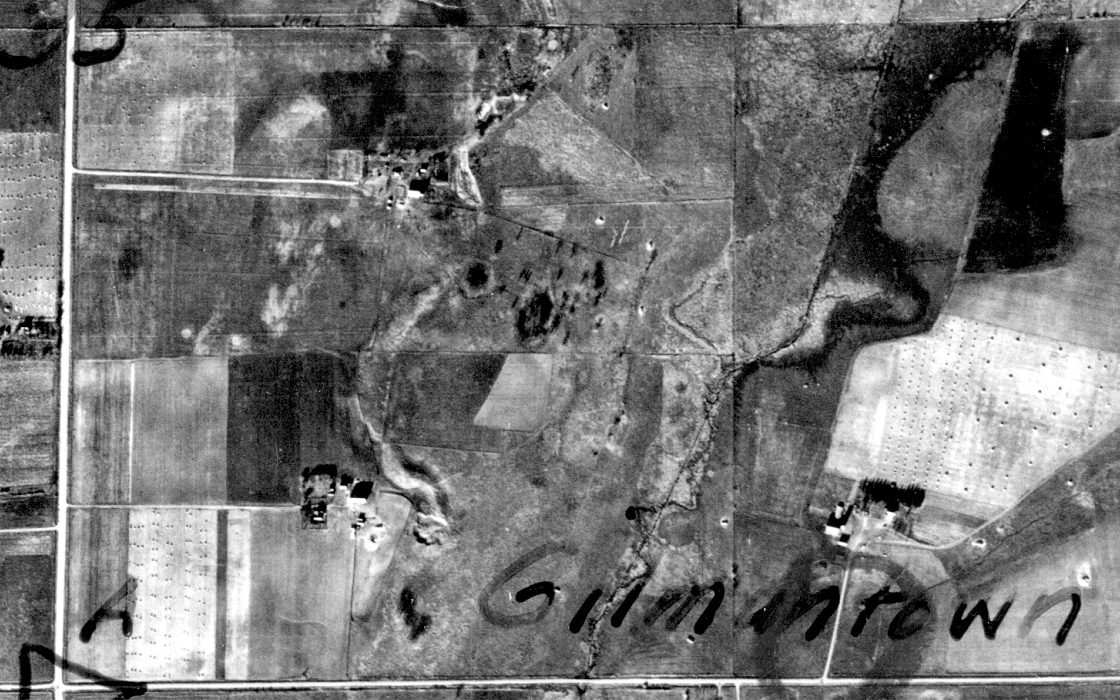
Note: This is the last of a series of posts on 13 lost golf courses in the St. Cloud area, nine of them established from the years 1928-32. The tightly packed combination of geographical area and years of founding make this one of the most remarkable phenomena I’ve seen in six years of researching Minnesota’s lost golf courses.
